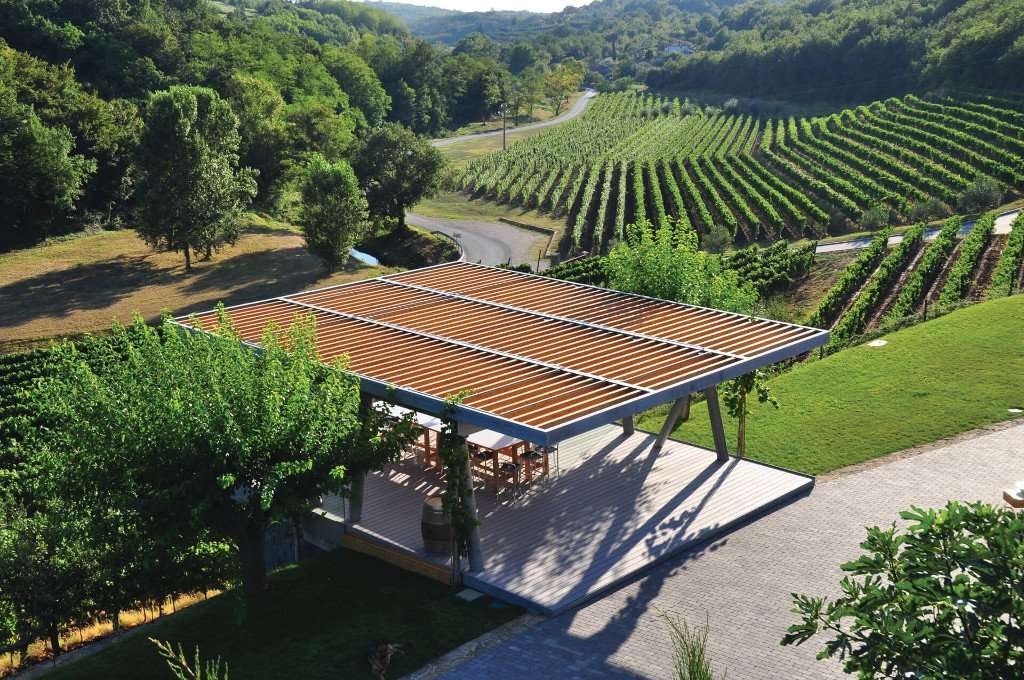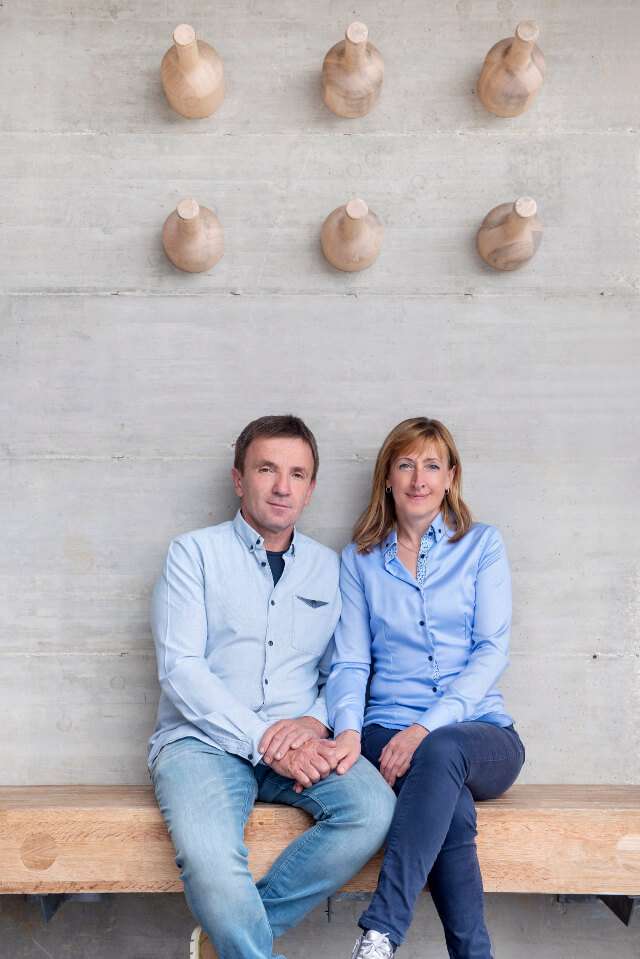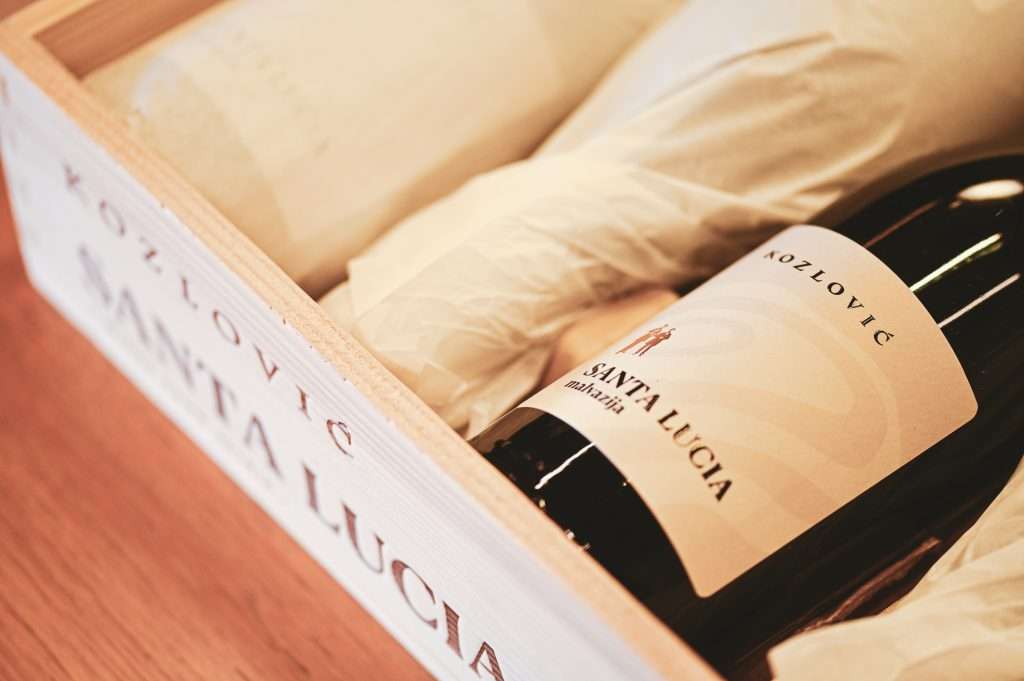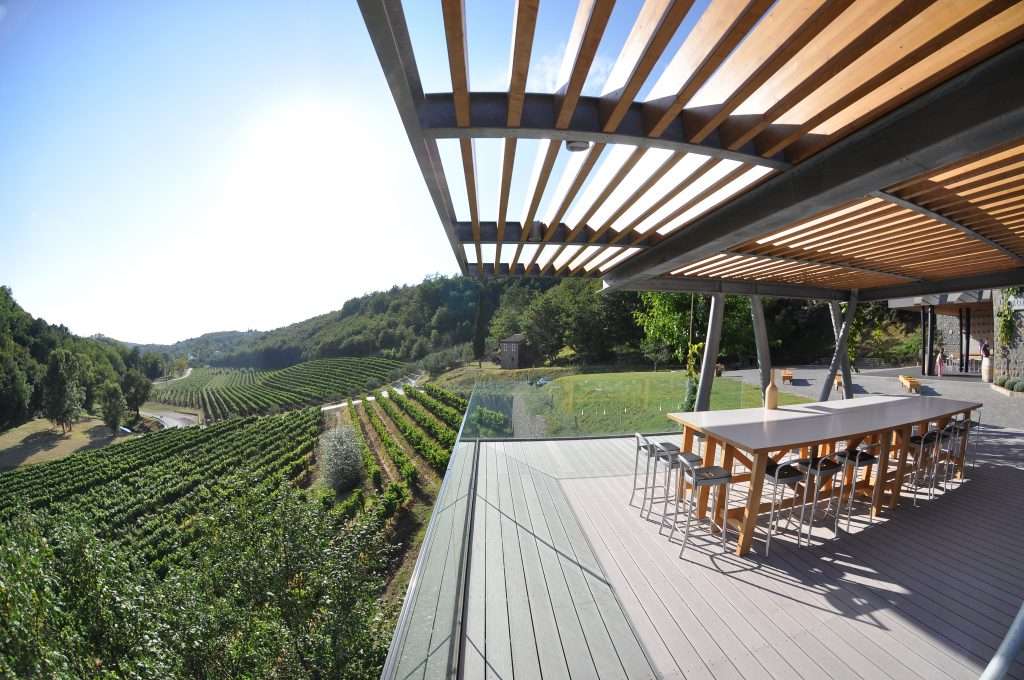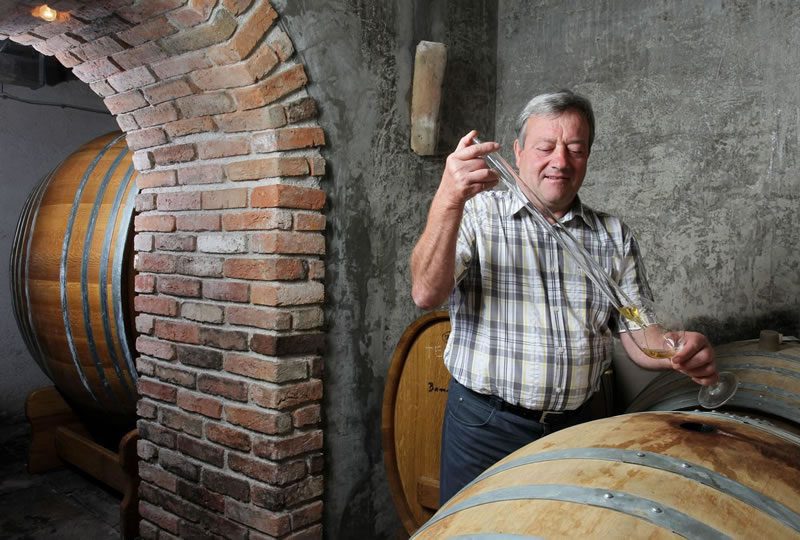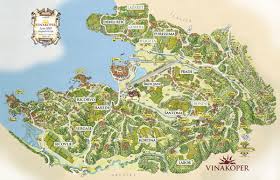The Istrian peninsula in Croatia is one of the most popular summer destinations. Some people also know that the northern part of the peninsula belongs to Slovenia, but few think about why they come across so many Italian words in small towns in the mountains. Fewer people know about how the former Venetian territory became the Austrian coastline, Italy, Yugoslavia and then Slovenia and Croatia. And the locals suffered the most from all this. Nowadays, however, the Istrian identity is flourishing in Croatia, for example. It’s the only region where candidates from the Istrian party have managed to win since the change of regime, as opposed to those from national parties…
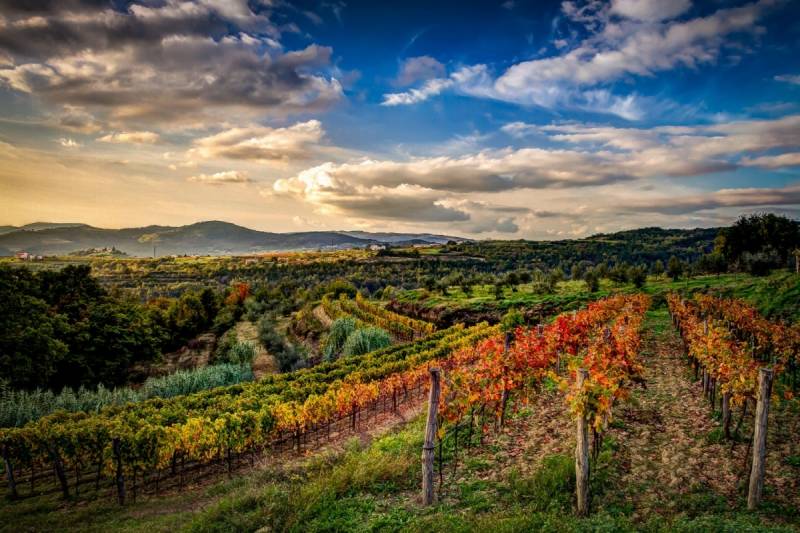
Istria begins somewhere to the north of Trieste, that magnificent port city that has given such greats to literature and to European or universal culture as Claudio Magris, author of The Danube, one of Central Europe’s greatest researchers, Italo Svevo, the begetter of modern Italian literature, who has German, Jewish and Hungarian roots, and, of course, his (partly) friend, James Joyce, who also worked here as an English teacher, as well as the recently deceased Giorgio Pressburger, who was a child of Hungarian Jews in Bratislava, survived the Holocaust in Budapest, then emigrated to Italy to escape communism and became an indispensable figure in 20th-century Italian literature. If this is how a peninsula begins, then what will the sequel be like?
Melting cultures distinct wine styles
The Slovenian coast means Istria itself. Wonderful small towns like Koper, Izola and Piran follow one after the other, with a Mediterranean atmosphere and clearly Italian, or more precisely Venetian, influenced streets and buildings. If you want to indulge in wine in the Slovenska Istra wine region, I’d recommend producers such as Boris Bordon, Kmetija Mahnič or Domačija Ražman as well as the ubiquitous Vinakoper.
You may also want to take a detour north along the Slovenian-Italian border. The two sides of the Isonzo River are not only famous for the horrors of the First World War, but also for the wines of the Slovenian Marjan Simčič and the Italian noble family Perusini. The important names in this area are Refosk/Refosco, Teran (red wines, let's not go into the „Croatian-Slovenian Teran war“) and on the Italian side Picolit, which makes elegant sweet wines.
If you cross the Slovenian-Croatian border below Portoroz, you will quickly find yourself in Buje. The coast is further away, with the view of a real „Italian Cividale“ built on the mountaintop, surrounded by olive groves and vineyards, cafés with conversations in Italian and, in the spring, Venetian-style carnival bustle. This is where the vineyards of Gianfranco Kozlović, one of the most famous Croatian Istrian producers, can be found. The name itself is already affable, but the wines are even more so! (It’s worth seeking out the winery near Momjan too! The castle ruins above the valley, the vineyards and the winery all hide away in wonder at this perfect harmony. Among his wines, the various Malvazijas are outstanding too.) Motovun, one of the best preserved small medieval towns in Istria is also a well-known mountain attraction. Nowadays, this typically Italian small town is renowned for its film festival, to which, in the meantime, the Italians who emigrated have also begun to move back. These include the Benvenuti brothers, who surprise people with their elegant, very drinkable red wines (Teran) and sweet wines year after year.
Heading to the coast
I don’t want to upset anyone with this fact; but, let’s face it, only amateurs go to Istria in the summer! The real season here is autumn, when the nights cool down, when the grapes ripen, when the tourists disappear, you can swim anywhere and anytime in the sea, which is often still warm in October, when freshly caught sole is served with truffles in the restaurants. James Joyce, the author of Ulysses, also knew about this. In the winter of 1904, he moved to Pola (now Pula), where the fifth largest amphitheatre in the Roman Empire still stands today! It’s true that foreigners were expelled from the city in the spring of 1905, but even this short time was enough to build a real myth around Joyce and Hungarian politician Miklós Horthy. It’s said that James Joyce was Horthy’s English teacher, the only part of which is true is that Horthy went to the same language school to study Croatian while Joyce was giving English lessons there, to other people.
Anyone who goes beyond the mandatory places and has also seen the wonders of Porce and Rovinj will soon or later head towards the former Monarchy’s most elegant spa town, Abbázia (now Opatija) where the former hotels are still standing, as well as the harbour columns in the port of Fiume (now Rijeka), inscribed in Hungarian. However, if you do go there in the winter, be sure to visit the Alle Beccaccia restaurant in seaside town Fažana. Their speciality is slow cooked whole woodcock, really delicious with grilled polenta and red wine!
